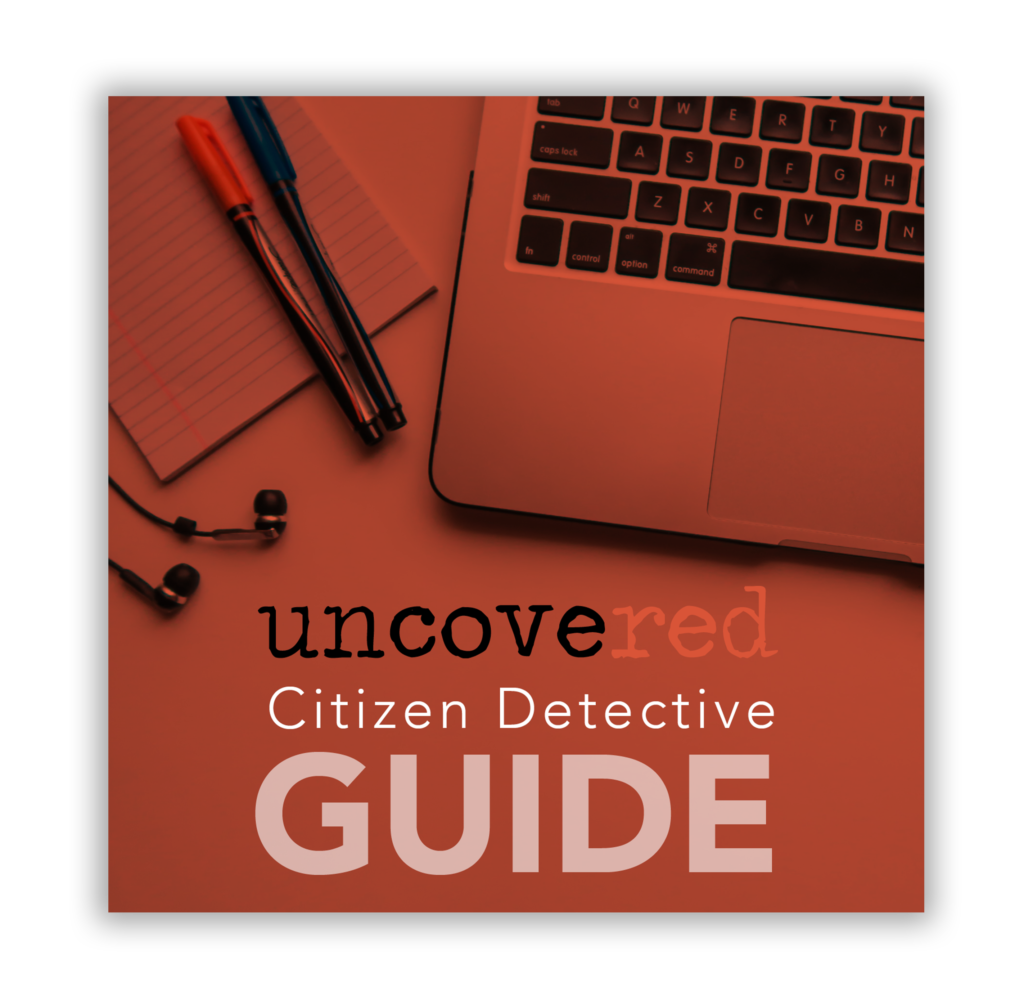Knowing the lingo is part of the process for finding overlooked details that are paramount in cold cases. Many factors determine a timeline in a case, but body temperature is the most well-known. Here are a few key terms that will be fundamental in indicating the time of death.

The Glaister Equation is a formula used to approximate the time since death. The calculation approximates that the body loses 1.5 degrees Fahrenheit every hour.

Measuring four pillar factors—pallor mortis, algor mortis, rigor mortis, and livor mortis—can help determine the time of death. These terms are used by medical examiners.
Pallor mortis
Pallor mortis is the paleness that occurs shortly after death (15-20 minutes), suggesting that death occurred less than 30 minutes earlier—most effective if the body was discovered immediately after death.
Algor mortis
Algor mortis literally translates to “the coldness of death.” It is the change in post-death body temperature and monitored before the ambient temperature matches.
Rigor mortis
Rigor mortis occurs as a result of calcium build-up in joints and muscles, as a body stiffens up a few hours after death. This will last a couple of days and is one of the clues used by crime scene detectives to determine when a murder happened.
Livor mortis
Livor mortis, aka hypostasis, happens when blood pools in the body due to lack of circulation, gravity, and as a result of no cardiac activity. This makes the body appear red or purplish in color.
We believe that through collective impact, we can uncover information that might lead to the next big break in the case. This starts with an engaged community, interested in finding accurate information and details on cold cases—aka thoughtful online sleuthing. We’ve compiled a guide to help you sharpen your skills, download it today to build your digital toolkit and moving up in the detective ranks.

We also want to know Let us know what cases are you following? We’re visualizing cases daily and we need your input, insights, and interests. We’ll be adding six news cases shortly, but building the Uncovered platform and community relies on engaged digital volunteers and amazing citizen solvers—just like you!
